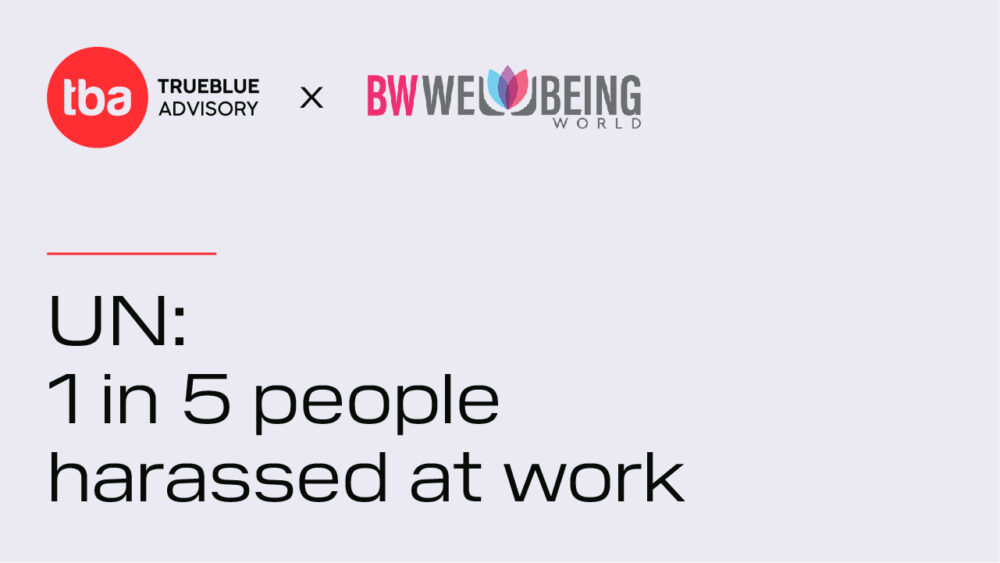According to a survey released by the United Nations on Monday, more than one in every five people in employment worldwide has experienced some form of workplace harassment or violence.
Following a joint study by the ILO, Lloyd’s Register Foundation, and pollsters Gallup, the UN’s International Labour Organisation said, “Violence and harassment at work is a widespread phenomenon around the world.”
The survey was the first attempt to create a global overview of the scope and frequency of the problem, as well as the barriers that prevent people from discussing it.
According to data collected last year, 22.8 per cent of employees, or 743 million people, have experienced “at least one form of violence and harassment at work during their working life.”
Nearly one-third of victims (31.8 per cent) said they had been subjected to more than one type of violence and harassment, and 6.3 per cent had been subjected to all three types (physical, psychological, and sexual) during their working life.
The survey was mostly conducted by phone, and the questions were written so that as many people as possible could understand them.
The study discovered that perceptions of what constitutes violence or harassment differ around the world: in some places, pushing someone may be considered rude behaviour, but nothing more.
Psychological violence and workplace harassment were discovered to be the most common, with 17.9 per cent, or 583 million people, experiencing it in their working lives.
Richa Telang, Founder and CEO of TrueBlue Advisory, an employer branding consulting firm, said, “Psychological harassment is persistent mistreatment that occurs in the office nowadays. Creating professional boundaries and directly confronting such behavior are two strategies that can stop you from being at risk of such treatment. Find ways to gather tangible evidence like recordings and report this behavior to the proper authorities. You can also seek social support in case you need.”
According to the survey, 8.5 per cent (or 277 million people) had experienced physical violence and harassment.
The study discovered that while women are more likely to have experienced psychological violence, men are more likely to have been victims of physical violence.
Sexual harassment and violence have affected 6.3 per cent of the workforce, or about one in every 15 people, according to the ILO, with women “particularly vulnerable.”
It has the largest gender gap of the three types of violence and harassment: more than 8 per cent of women are victims, compared to 5 per cent of men.
According to the ILO, “young women were twice as likely as young men to have experienced sexual violence and harassment.”
“Parallelly, employers should take serious steps to track workplace behavior. Educating employees and supervisors about bullying and suggesting pathways they can take if they witness abuse in the workplace are some such ways. Educate yourself to recognise workplace bullying signs and defend yourself if necessary. Organisations can also take steps to reduce bullying, including helping employees learn how to respond when they witness bullying at work. Also, a healthy work environment helps build strong employer branding,” Telang said.



Comments are closed.